madamcity : traditional clothes serves as a vibrant reflection of a society’s cultural heritage, embodying its history, values, and identity. From the intricate embroidery of Indian sarees to the elegant kimonos of Japan, traditional garments offer a fascinating glimpse into the diverse sartorial traditions that have evolved over centuries.
Diversity of Styles:
traditional clothes varies widely across different regions and cultures, showcasing a kaleidoscope of colors, fabrics, and designs. From the flowing robes of the Middle East to the elaborate costumes of indigenous tribes in Africa, each style carries its own unique symbolism and significance.
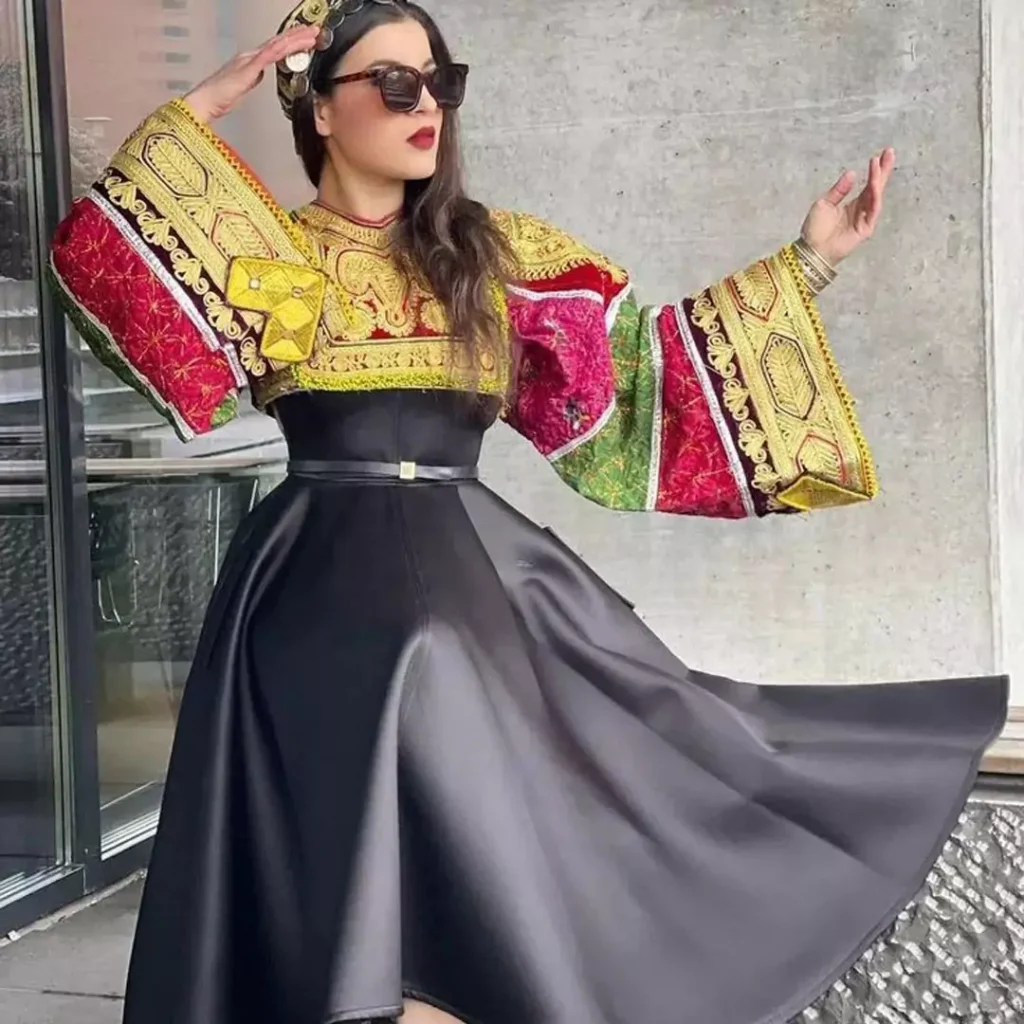
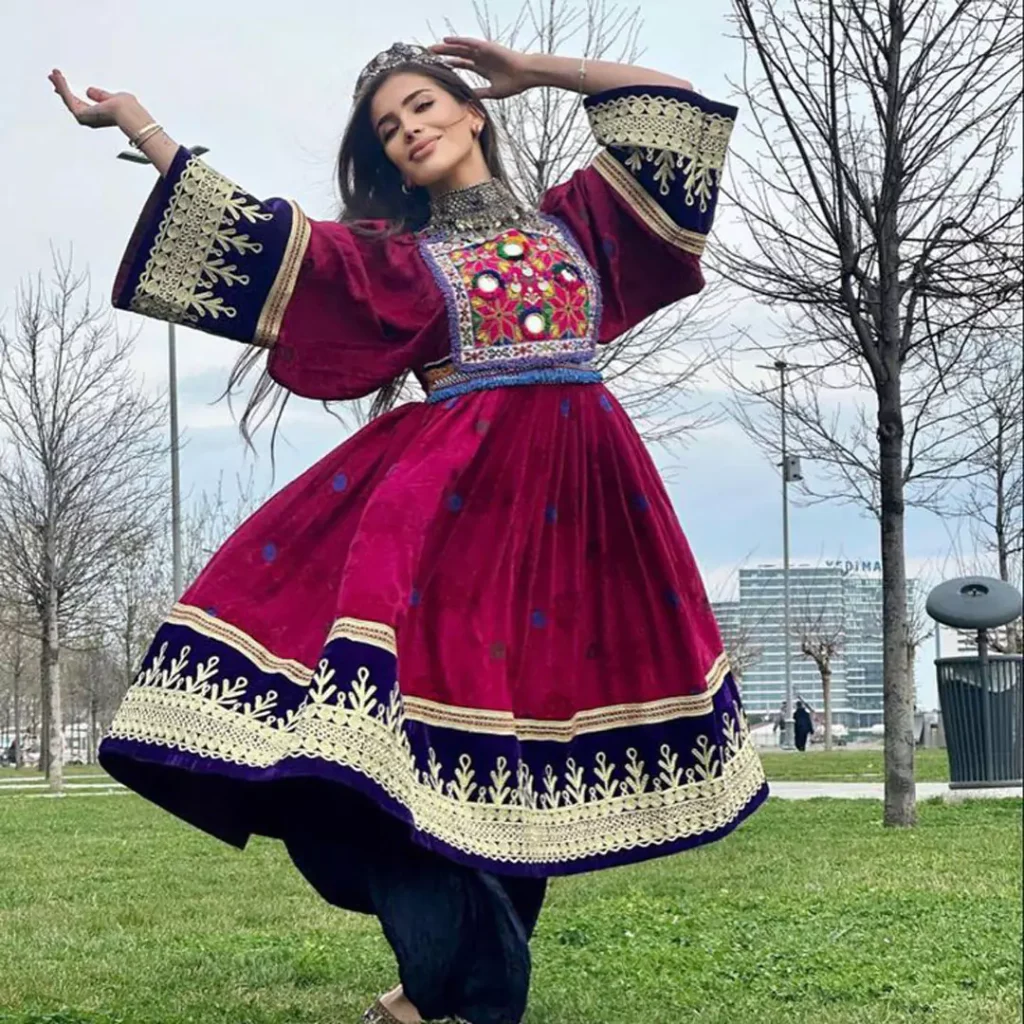
Historical Significance:
Many traditional garments have deep-rooted historical significance, often tracing back to ancient rituals, ceremonies, or social customs. For example, the hanbok in Korea has been worn for centuries and reflects the Confucian ideals of modesty and harmony.
Cultural Identity:
Traditional clothing plays a pivotal role in preserving cultural identity and heritage, serving as a visual marker of one’s ethnicity, social status, or religious affiliation. In countries like Scotland, the tartan patterns of kilts are emblematic of clan allegiance and pride.
Artistry and Craftsmanship:
The creation of traditional clothing often involves intricate craftsmanship and skilled artisanal techniques passed down through generations. From handwoven textiles in Guatemala to delicate beadwork in Nigeria, these garments are a testament to the artistry and ingenuity of human creativity.

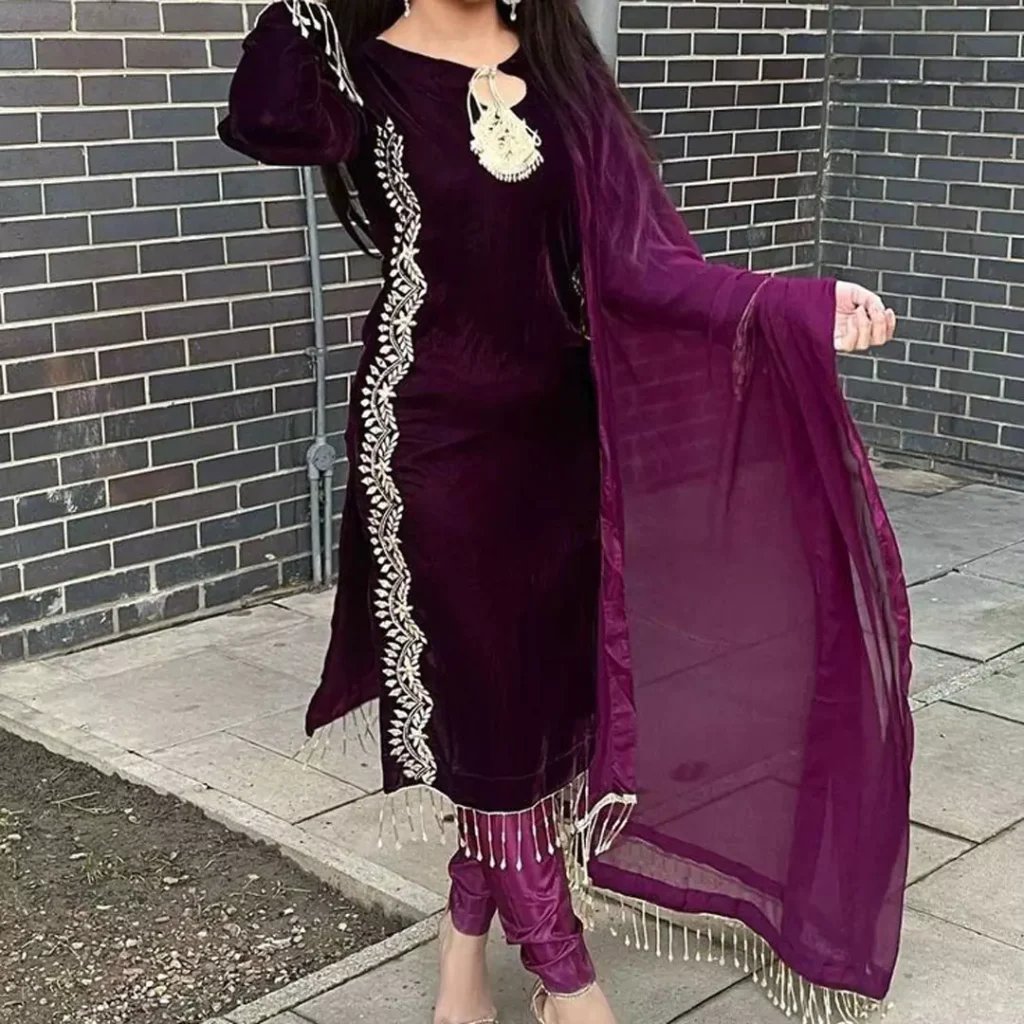
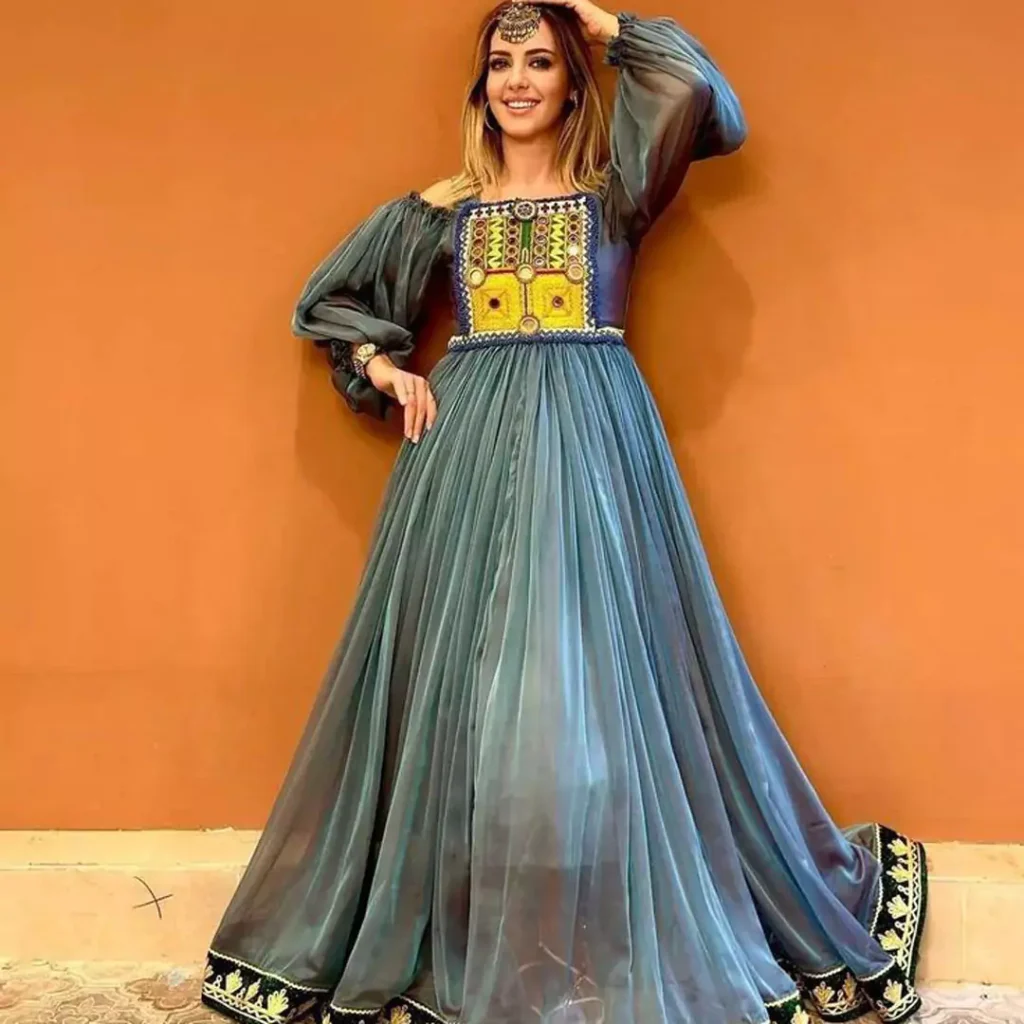
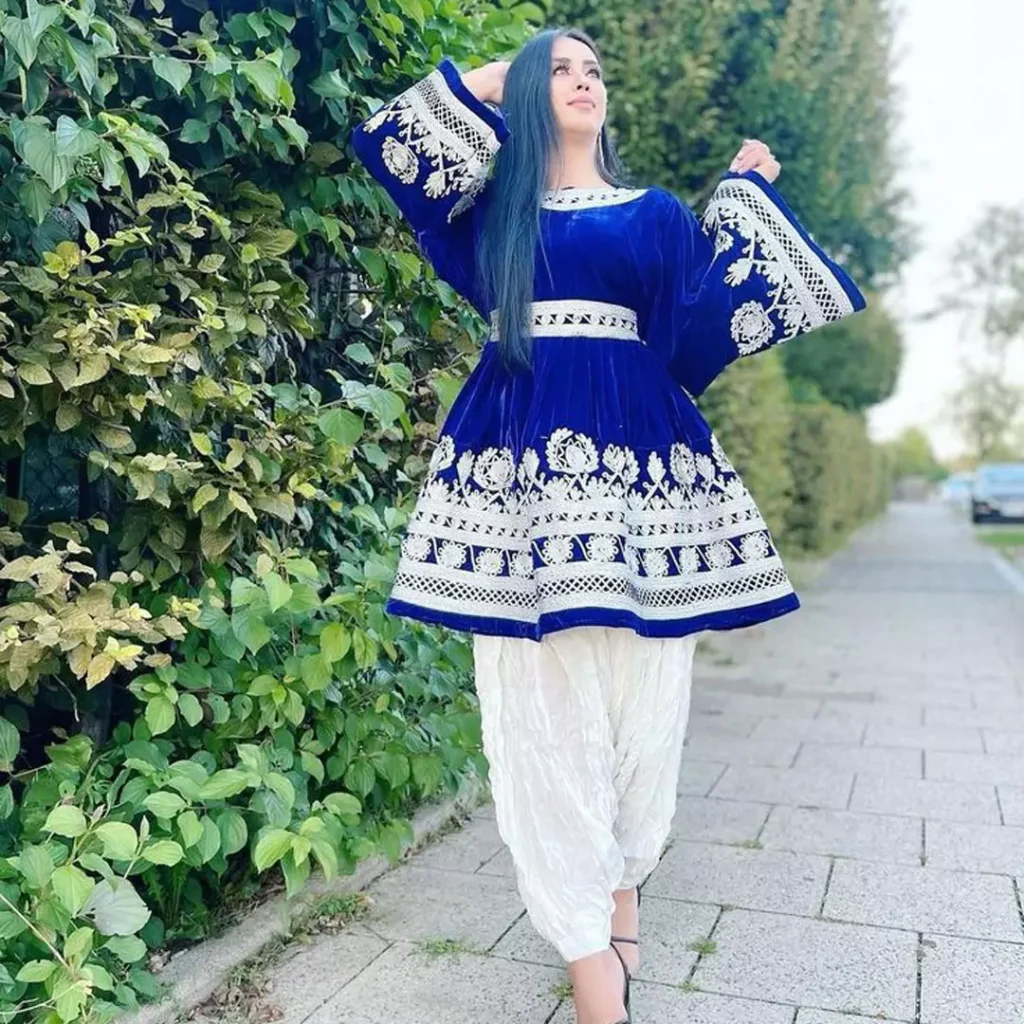
Symbolism and Ritual:
Traditional clothing is often imbued with symbolic meaning, representing concepts such as fertility, protection, or spiritual beliefs. In many Native American cultures, for instance, the intricate beadwork on ceremonial regalia conveys stories of ancestry and connection to the land.
Adaptation and Evolution:
While rooted in tradition, traditional clothing continues to evolve and adapt to contemporary tastes and lifestyles. Modern reinterpretations of traditional garments blend traditional motifs with contemporary designs, catering to changing fashion trends and global influences.
Gender Roles and Expression:
Traditional clothing often reflects societal norms and expectations regarding gender roles and expression. In societies like India, specific garments such as the dhoti for men and the saree for women carry distinct cultural connotations and are worn accordingly.
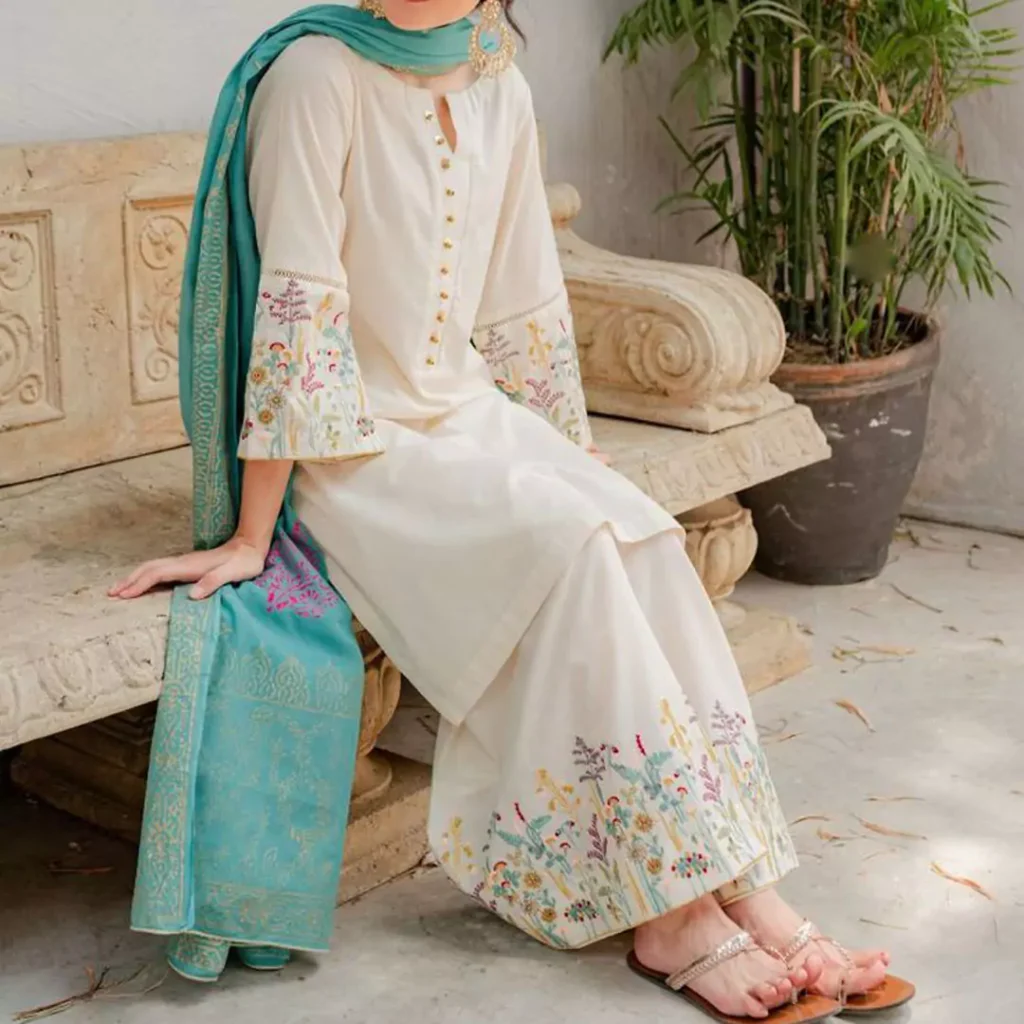
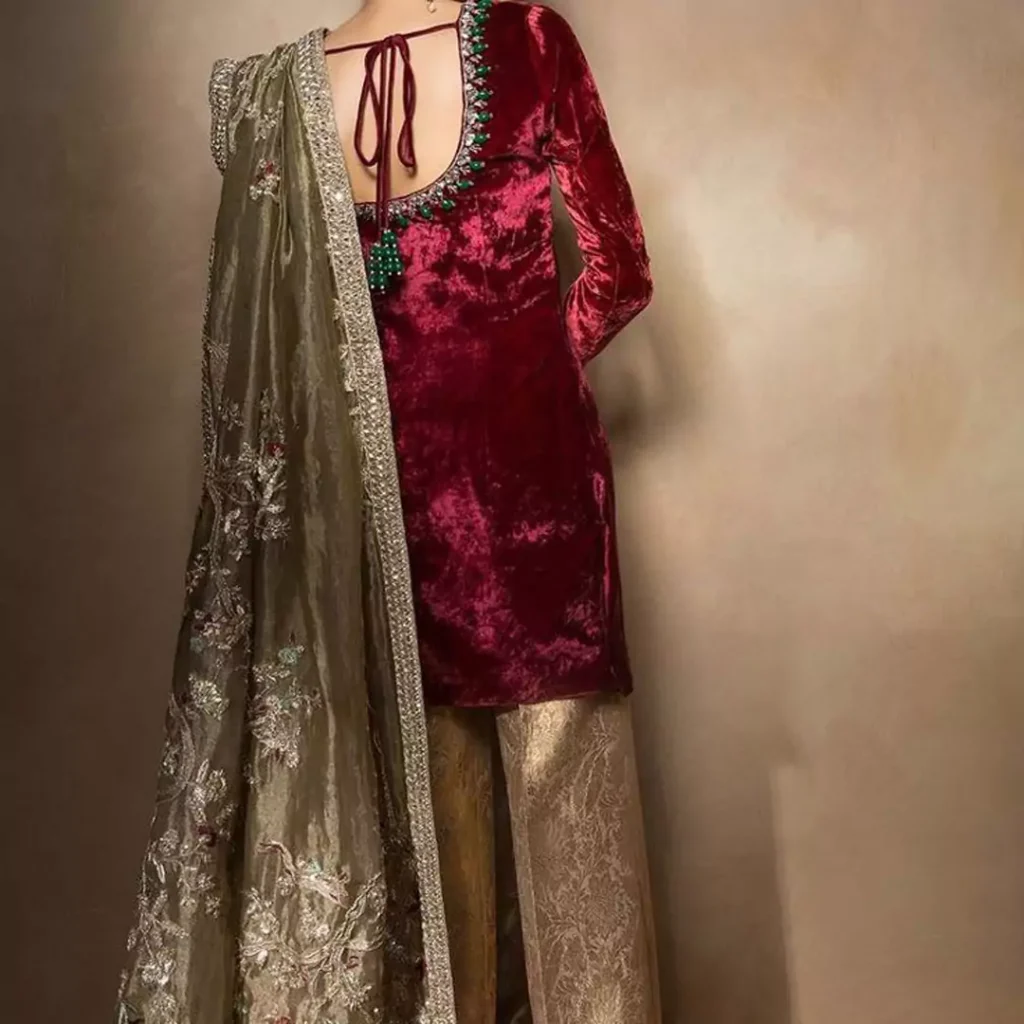
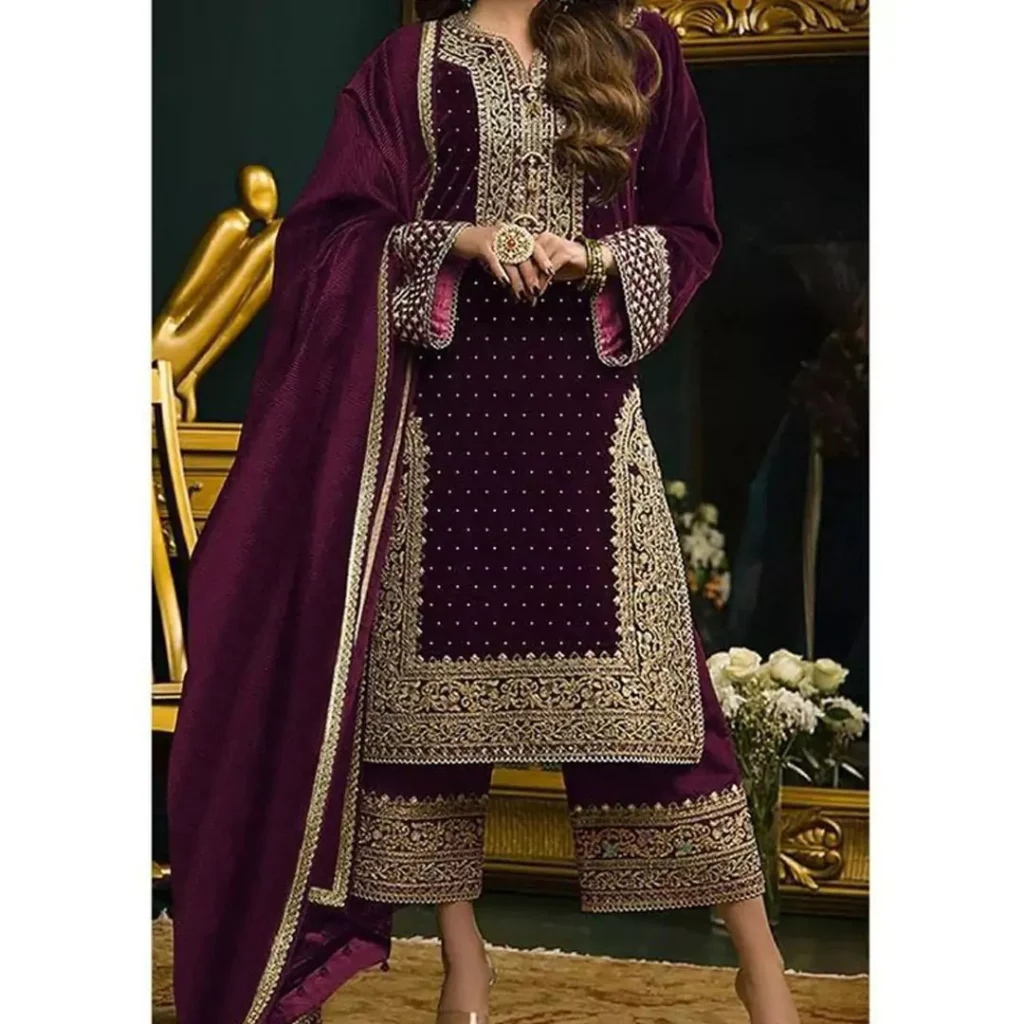
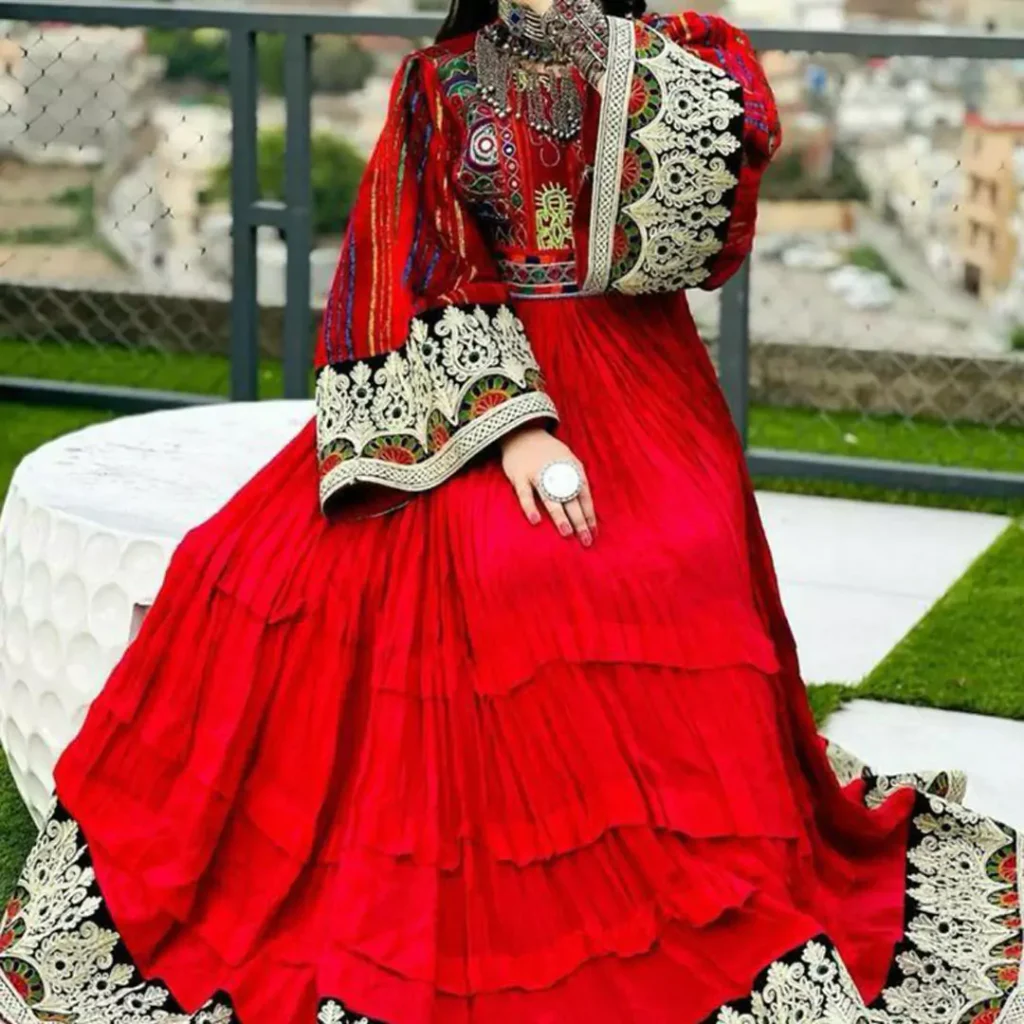
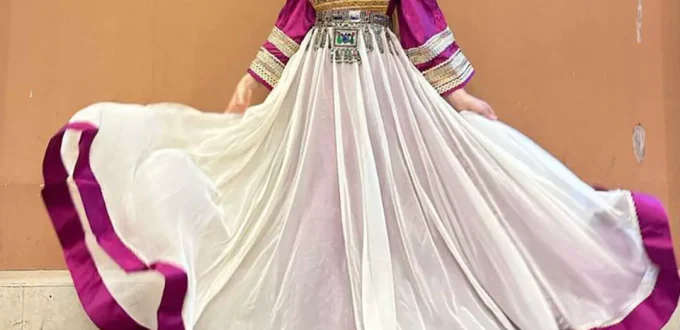
Thanks for your tips. One thing I have noticed is that often banks plus financial institutions are aware of the spending practices of consumers and also understand that the majority of people max out their cards around the vacations. They sensibly take advantage of that fact and then start flooding your own inbox and also snail-mail box by using hundreds of Zero APR credit cards offers immediately after the holiday season finishes. Knowing that if you’re like 98 in the American community, you’ll soar at the possible opportunity to consolidate credit card debt and shift balances towards 0 interest rate credit cards.